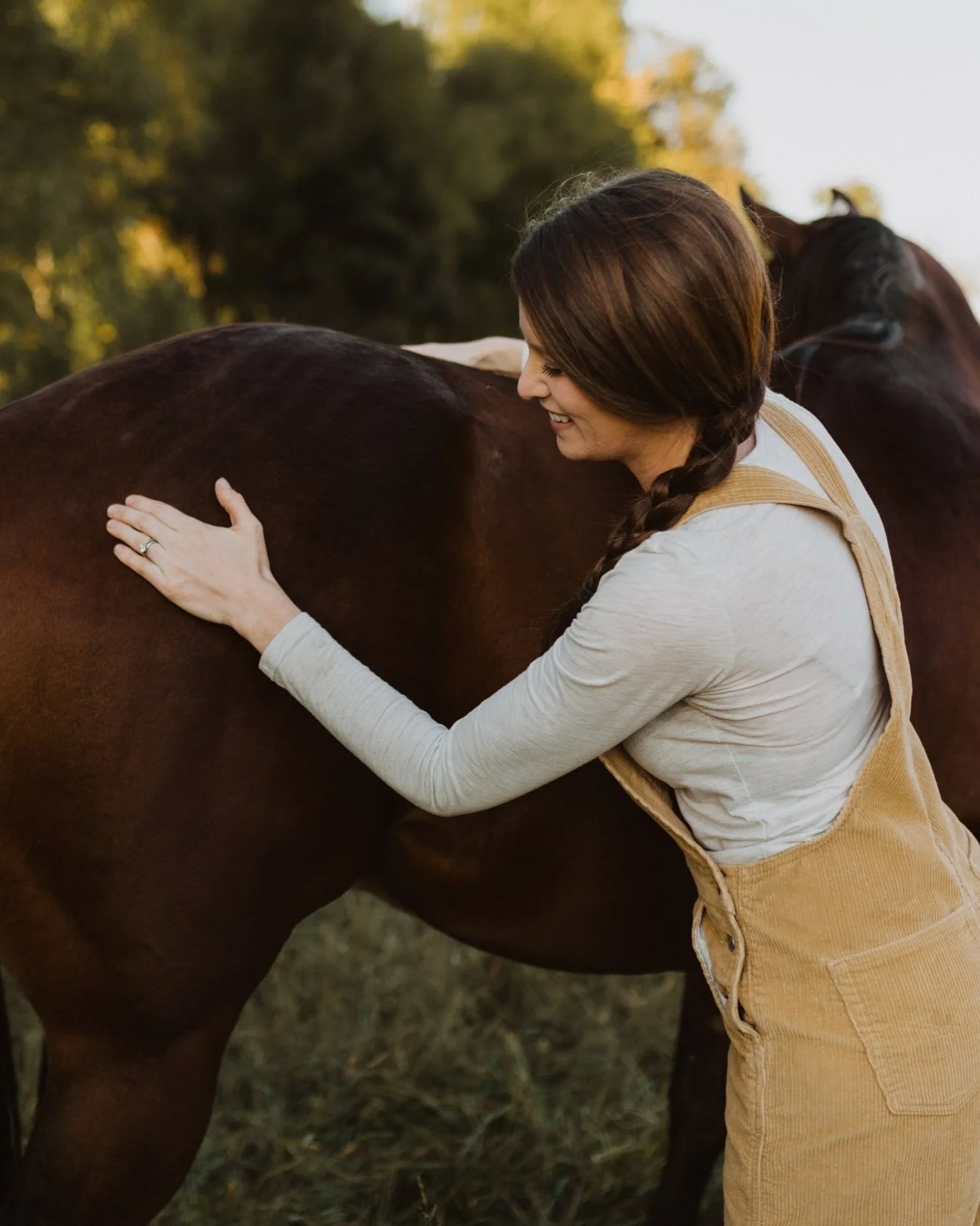Equine Cupping Course with Sozo Equine®
In this online equine cupping course, we’ll dive into fascial education as well as the use of blading tools for your horse.
What you’ll learn in this equine cupping and fascia tools course: indications, contraindications, benefits, physiology, and practical applications.
ps— if you’re looking for a course on equine taping, please check out my foundational equine taping course.
Need a payment plan? Click here to pay in 4 payments of $108.
Save 10% on the Equine Cupping Course
Join the Sozo Equine newsletter family and receive a 10% off code to use on the Equine Cupping Course when you pay in full!
Learn cupping and blading techniques for your horse taping so you can:
Get rid of pain and break that pain cycle.
Improve performance and speed up recovery.
Prevent injuries.
Extend the life of all other treatment modalities.
Decrease fatigue.
Increase range of motion for a longer stride and smoother movements.
Start getting results for your horse today.
Equine Cupping Course Curriculum
Introduction to Fascia
Properties of Fascia and Anatomy of Fascial Lines
Properties of Fascia and Anatomy of Fascial Lines
Shapes and Roles of Fascia
Shapes and Roles of Fascia
Myofascial Decompression (Cupping)
About MFD/Cupping
About Cupping
How to Cup
How To Cup
Gel for Cups
How to Apply Cups
How to Treat with Cups
Fascial Tools
About Fascia Tools
About Fascia Tools/IASTM
How to Use Fascia Tools
How To Use Fascia Tools
Fascia Tools
Assessment/Body Scan
Feathering
Deep Rapid Strokes
Long Slow Strokes
Manual Techniques
Forelock Pull - Poll Decompression
Tail Pull - Spinal Decompression
Thoracic Sling - Elbow Release
Thoracic Sling - Pec
Student Feedback
The Equine Cupping Course isn’t just another online training. It’s a comprehensive, hands-on education designed to transform the way you work with horses. You’ll gain the knowledge, skill, and confidence to use cupping safely and effectively to enhance performance, recovery, and overall comfort for every horse you treat.
This course will change the way you see your horses. Once you understand how to apply cupping for fascia health, circulation, and mobility, you’ll wonder how you ever practiced without it. Combining evidence-based technique with real-world application, the Equine Cupping Course gives you everything you need to deliver measurable results and elevate your practice from day one. Ready to take your skills and your horses’ performance to the next level? Join countless professionals who have transformed their work through Sozo Equine’s Cupping Course and start seeing the difference for yourself.
Get the online equine cupping course now!
Prefer a payment plan? Click here to pay in 4 payments of $108.
Frequently Asked Questions
-
Cupping is a form of massage therapy which decompresses soft tissues using vacuum suction.
It is unlike other forms of massage that compress soft tissues.
Cupping therapy can generally be described as a technique that uses cups placed over the skin to create negative pressure through suction.
There are different forms of cupping, wet and dry, but we'll focus on dry cupping here, which is the application of silicone or plastic cups on fully closed skin to increase circulation and address myofascial restrictions, which is a fancy way to say the sliding and gliding of tissue layers.
-
There are many reasons to utilize cupping therapy for your horse when it comes to health, wellness, performance, and injury treatment.
Here are some of the most common reasons why you would use cupping therapy:
Release fascial adhesions
Remodel scar tissue
Reduce painful trigger points
Improve circulation, blood, and lymph circulation
Relieve pain
Promote mobility and range of motion
Improves mature scars
-
When it comes to how the cups actually work, it's actually pretty simple: the cups allow for improved movement of tissues and increased sliding and gliding between the layers of tissue.
But what, exactly, does that mean?
Cups work via mechanical force. In this case, decompression.
Decompression occurs when the cup is added to the skin, lifting the skin from the tissues underneath it. This allows fascial connections (the connections between the layers of the skin that are essential but when they are tight and causing restriction, they become problematic) to be broken up and the movements of gliding and sliding to improve along the fascial lines.
This decompression also flows to the nerve endings, freeing them up and improving neural function, decreasing pain, and improving proprioception.
When all of this occurs, movement improves!
It's also important to note that cupping leads to fluid movement and improved lymphatic function as well. The lymphatic system cannot function correctly where fascial restriction resides, as it will impede the lymph flow (think about stepping on a water hose).
So, when we utilize cupping and improve fascial gliding and sliding, lymphatic flow also improves.
The bottom line here: when your horse's fascial movement is improved via cupping, lymphatic drainage improves, pain subsides, movement is more fluid, nerve function is optimal, and mobility improves.
When all of those things get better, we can assume that your horse will be healthier overall with improved overall performance and recovery.
-
This course is all pre-recorded videos which means you get to complete the course on your own timeline.
Meet the Equine Cupping Course Instructor
Sozo Equine® specializes in teaching horse owners how to provide the best treatment and care for their own horses. Every horse has something new to teach us. Each day I strive to be better for them.
Hi! My name is Cara Crawford and I am the Owner and Founder of Sozo Equine, LLC. I am a registered and licensed Occupational Therapist where I practice in outpatient orthopedics and specialize in the upper extremities.
Additional certifications include:
Certified Equine Massage Therapist
Certified Myofascial Release Practitioner
Certified Craniosacral Therapist Certified Equine Kinesiology
Certified Taping Practitioner
Certified Equine Taping Instructor
I have a passion for educating and empowering people of all backgrounds to join my pursuit of a world where horses can move without pain.



